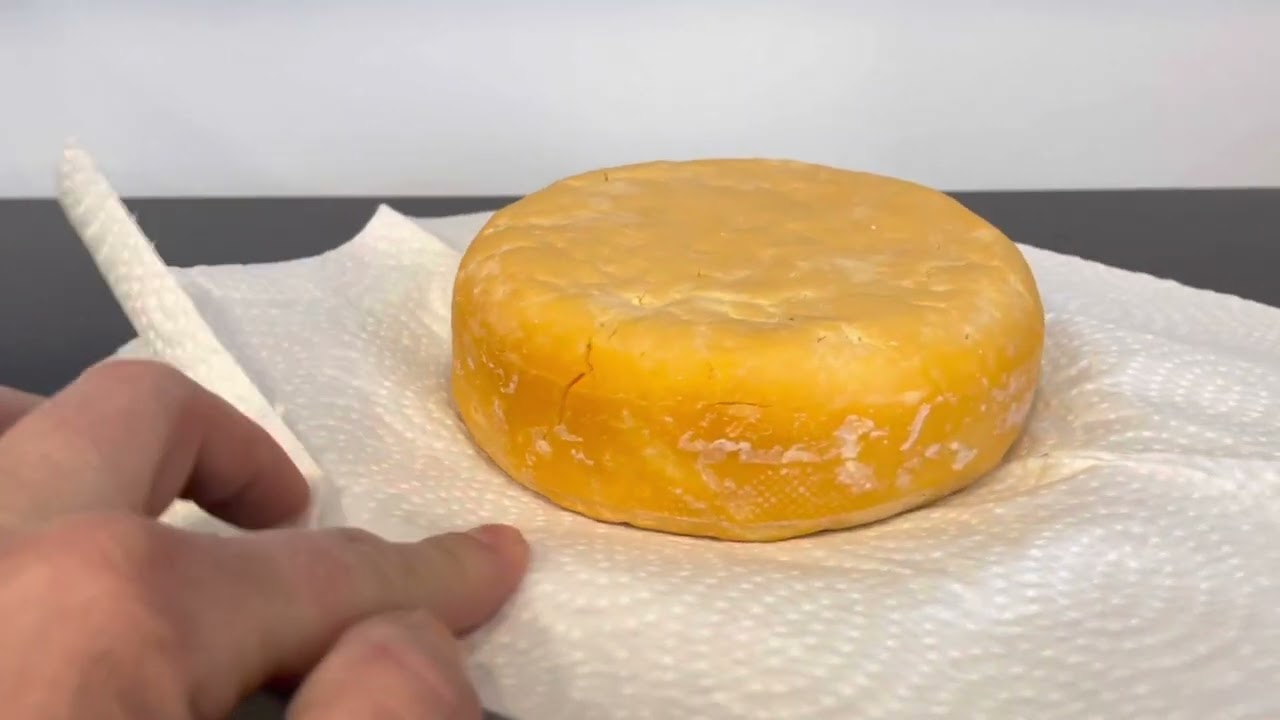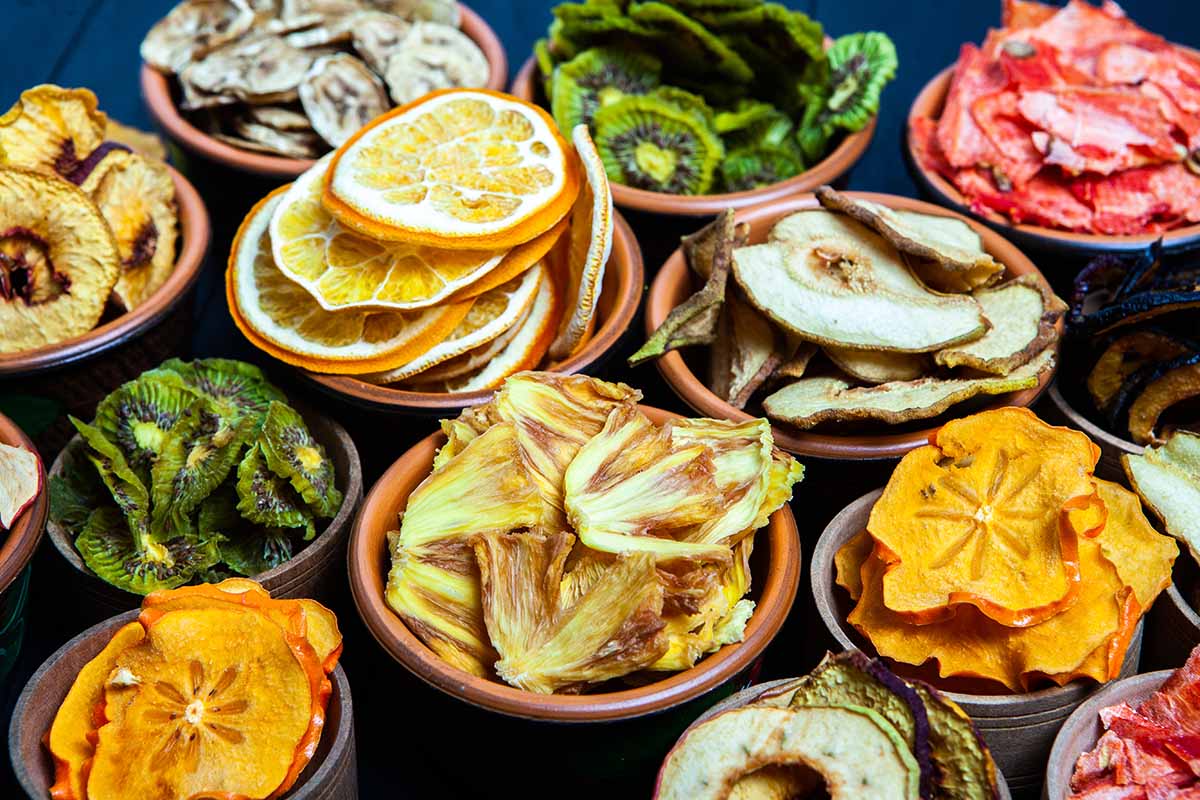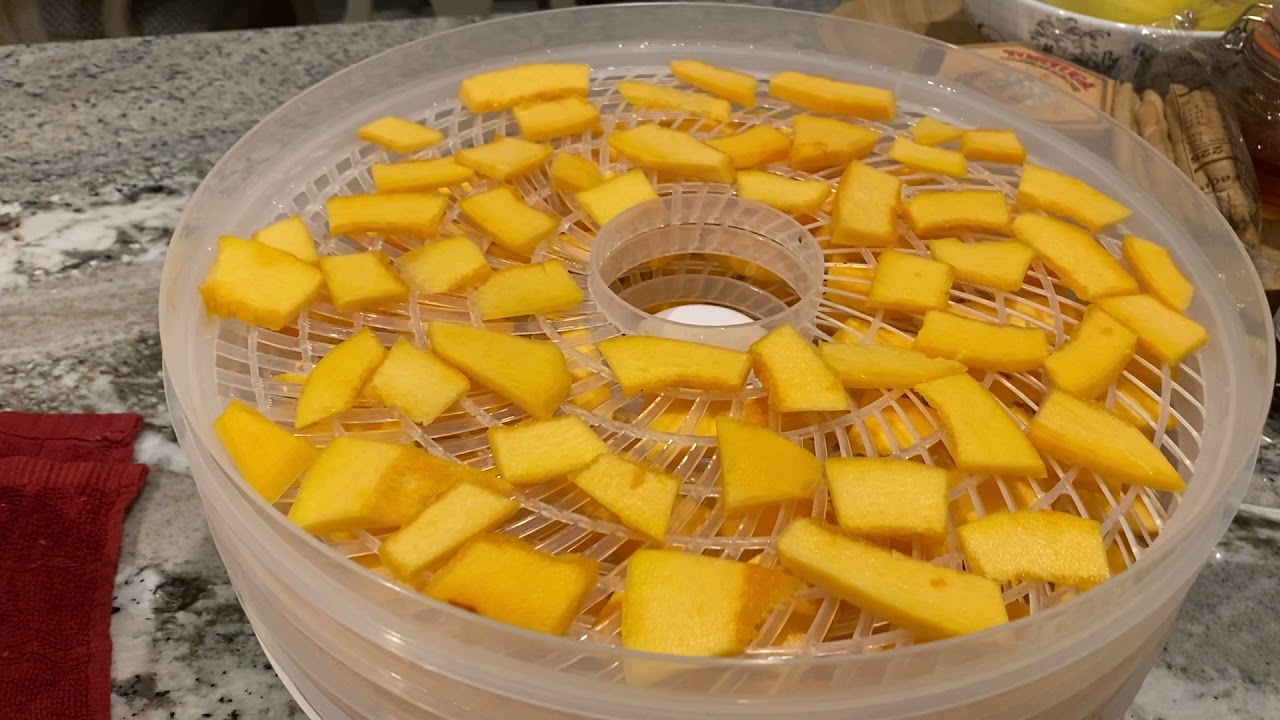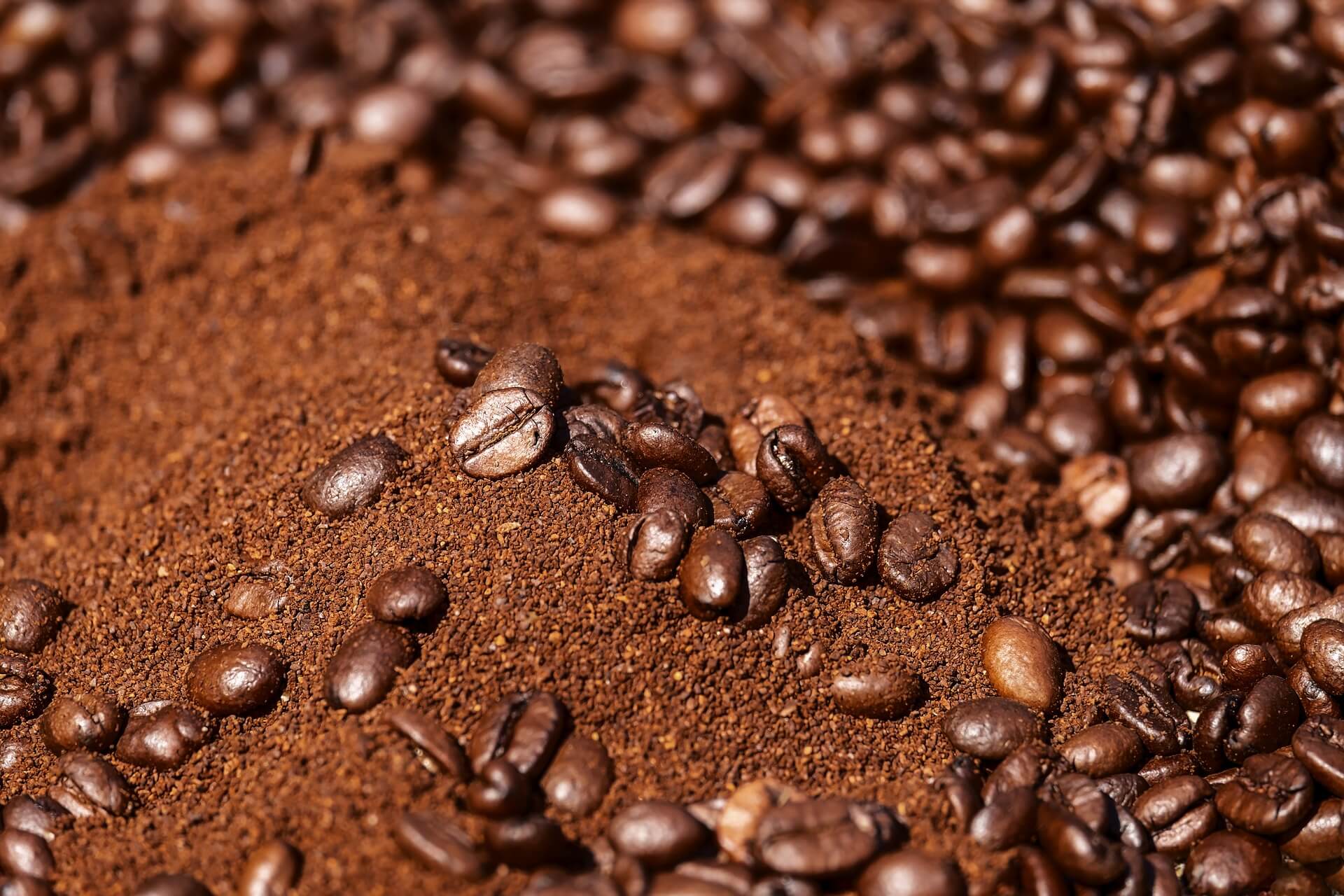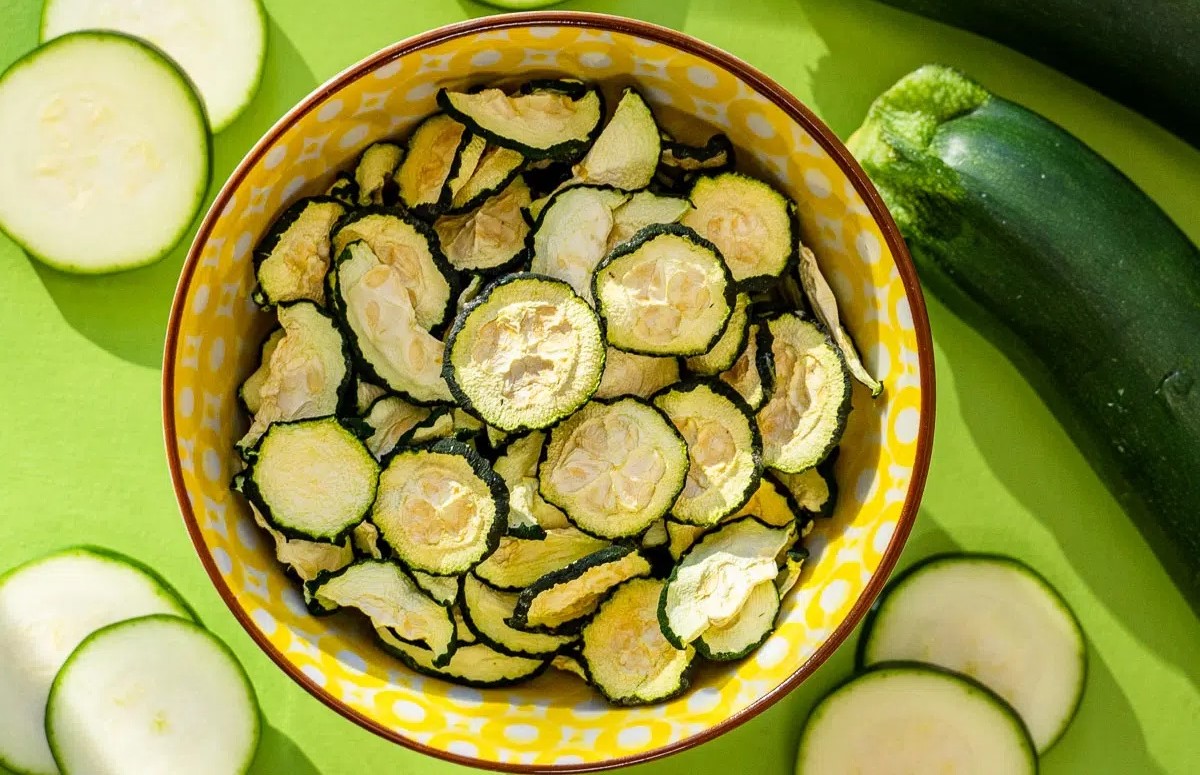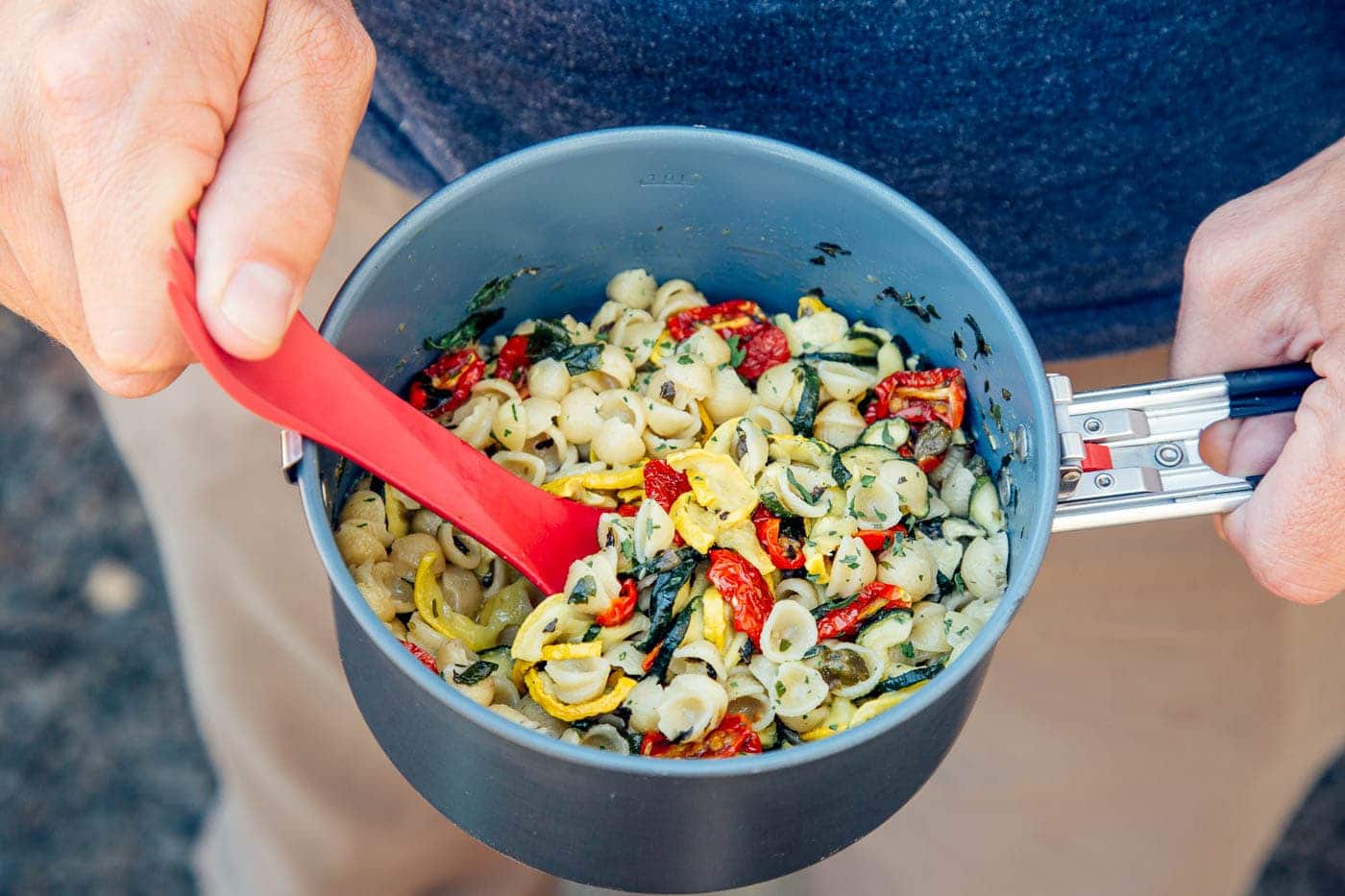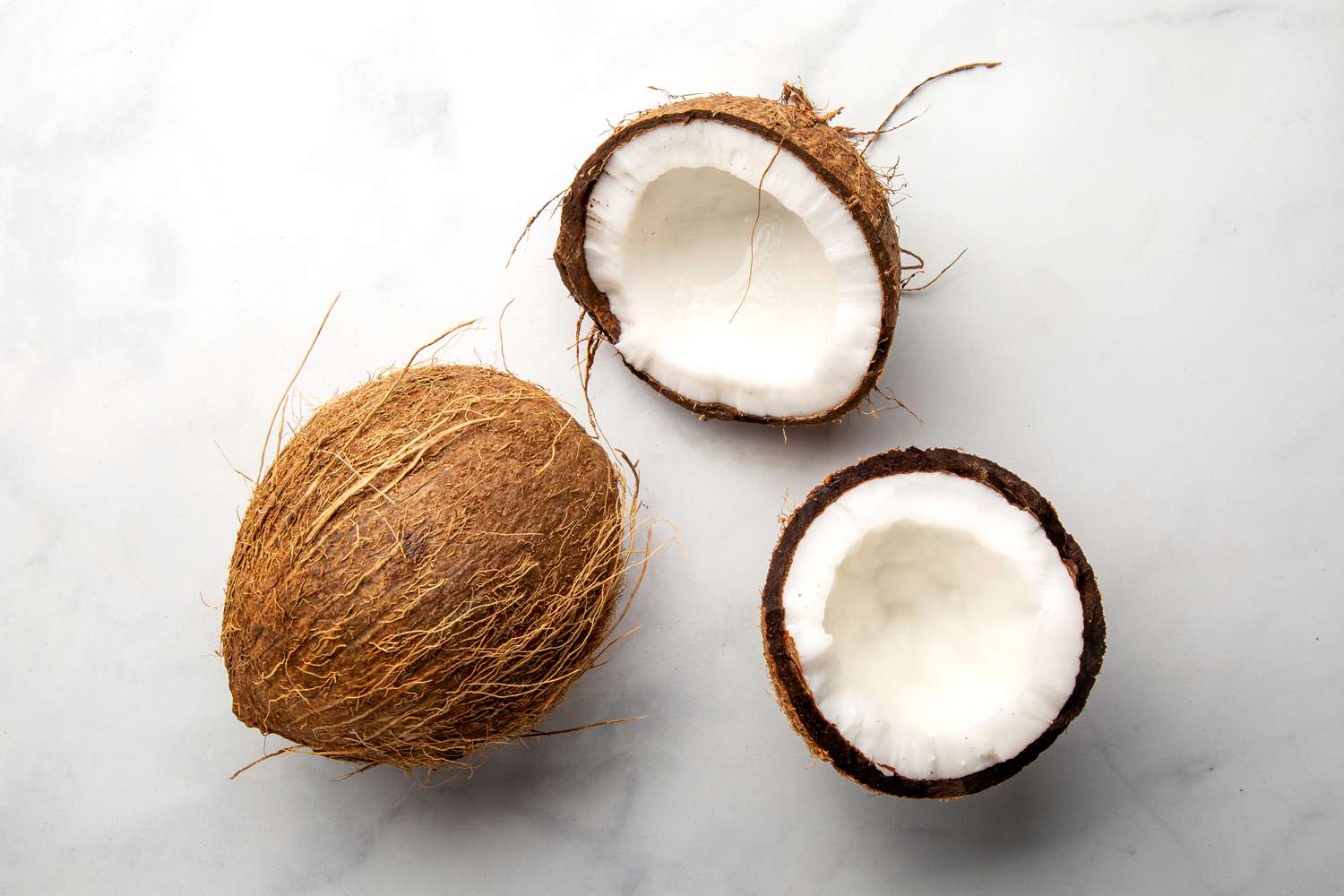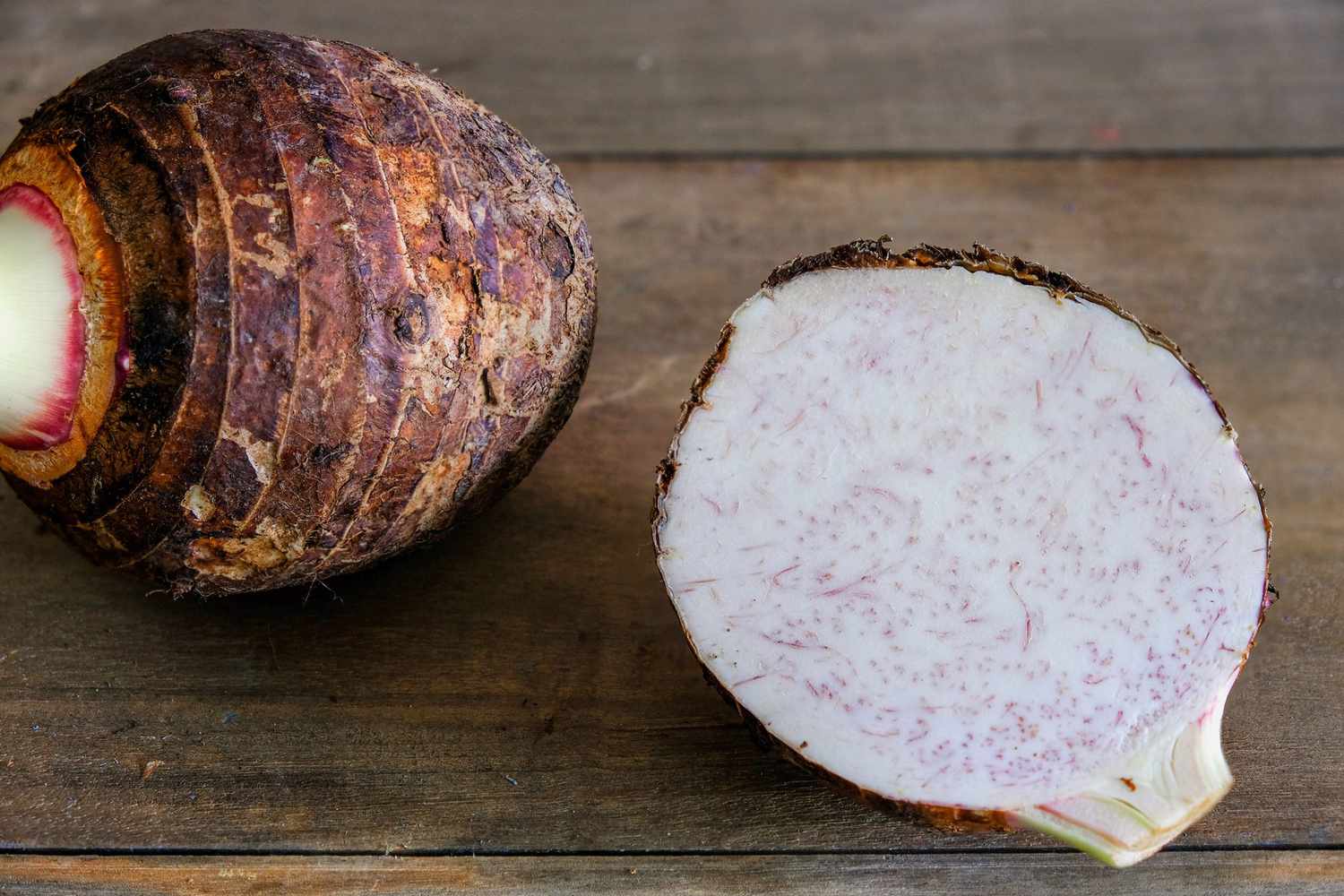Dehydrating Horseradish: A Flavorful and Versatile Process
Horseradish is a pungent and spicy root vegetable that adds a kick to a variety of dishes. While it is commonly used in its fresh form, dehydrating horseradish can be a great way to preserve it for long-term use. Whether you want to create your own horseradish powder or simply extend the shelf life of this flavorful ingredient, dehydrating horseradish is a simple and rewarding process.
Preparing the Horseradish
Before you begin the dehydration process, it’s important to properly prepare the horseradish root. Here are the steps to follow:
- Wash and peel: Start by washing the horseradish root thoroughly to remove any dirt or debris. Once clean, use a vegetable peeler to remove the outer skin.
- Grate the horseradish: Using a fine grater, carefully grate the peeled horseradish root. Be sure to work in a well-ventilated area, as the strong aroma can be quite potent.
Dehydrating the Horseradish
Once the horseradish is prepared, it’s time to begin the dehydration process. There are a few different methods you can use to dehydrate horseradish:
- Dehydrator: If you have a food dehydrator, spread the grated horseradish in a single layer on the dehydrator trays. Follow the manufacturer’s instructions for time and temperature settings.
- Oven: If you don’t have a dehydrator, you can use your oven to dehydrate the horseradish. Spread the grated horseradish on a baking sheet lined with parchment paper and set the oven to its lowest temperature. Keep a close eye on the horseradish to prevent burning.
Regardless of the method you choose, the horseradish is ready when it becomes brittle and dry to the touch.
Storing Dehydrated Horseradish
Once the horseradish is fully dehydrated, it’s important to store it properly to maintain its flavor and potency. Here’s how to store dehydrated horseradish:
- Cooling: Allow the dehydrated horseradish to cool to room temperature before proceeding with storage.
- Container: Transfer the dehydrated horseradish to an airtight container, such as a glass jar or a vacuum-sealed bag.
- Labeling: Be sure to label the container with the date of dehydration to keep track of its freshness.
- Storage: Store the dehydrated horseradish in a cool, dark place, away from direct sunlight and moisture.
Using Dehydrated Horseradish
Once your horseradish is dehydrated and stored, you can use it in a variety of ways:
- Horseradish powder: Grind the dehydrated horseradish into a fine powder using a spice grinder. This powder can be used to add a punch of flavor to sauces, marinades, and rubs.
- Rehydration: To rehydrate the horseradish, simply soak it in a small amount of water for a few minutes before using it in recipes.
By dehydrating horseradish, you can enjoy its potent flavor and heat year-round. Whether you use it to spice up a homemade mustard or add a zing to a savory dish, dehydrated horseradish is a versatile and convenient ingredient to have on hand.
In Conclusion
Dehydrating horseradish is a simple and effective way to preserve this pungent root vegetable. By following the steps outlined above, you can create your own supply of dehydrated horseradish to enhance your culinary creations. Whether you choose to make horseradish powder or simply store the dehydrated root for future use, the process of dehydrating horseradish is a rewarding endeavor for any home cook or food enthusiast.
Dehydrating horseradish opens up a world of culinary possibilities. For those who love a good roast, Horseradish-Crusted Prime Rib is a must-try; the dehydrated horseradish adds an intense kick that pairs perfectly with the richness of the beef. If you're more into comfort food, Horseradish Mashed Potatoes will take your mashed potatoes to the next level, providing a tangy twist that complements the creamy texture. For a unique appetizer, Horseradish Deviled Eggs offer a delightful bite with a spicy edge, perfect for impressing guests. And for the breakfast crowd, Horseradish-Infused Bloody Mary provides a bold start to the day with its zesty flavors. These recipes not only showcase the versatility of dehydrated horseradish but also promise to enhance your culinary repertoire.
Was this page helpful?
Read Next: How To Dehydrate White Mulberries
